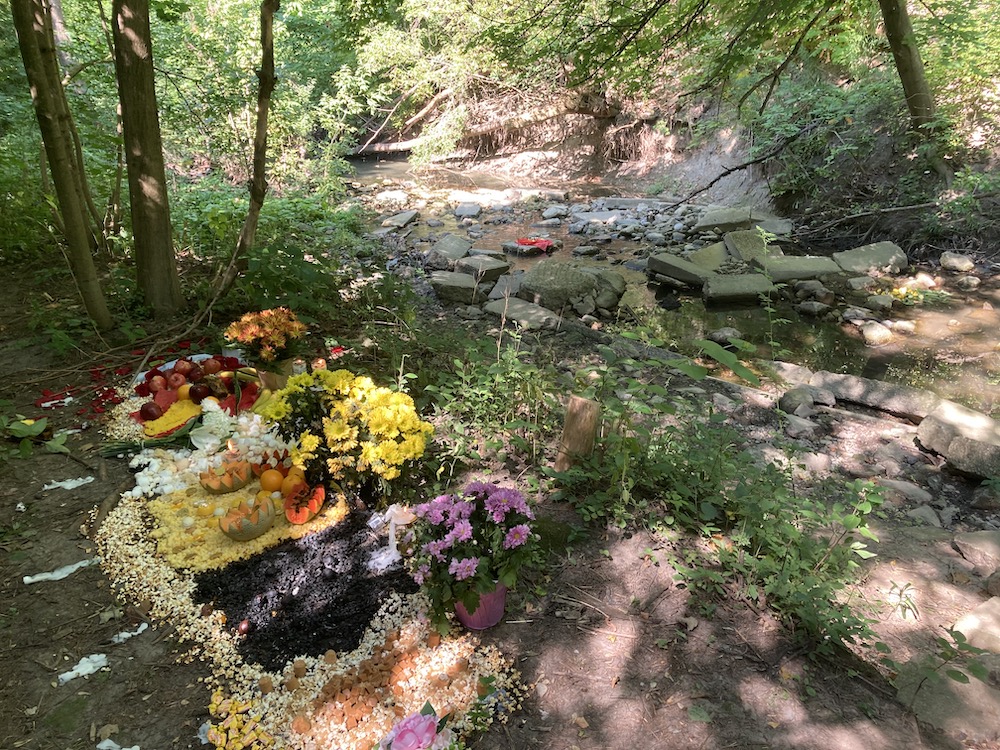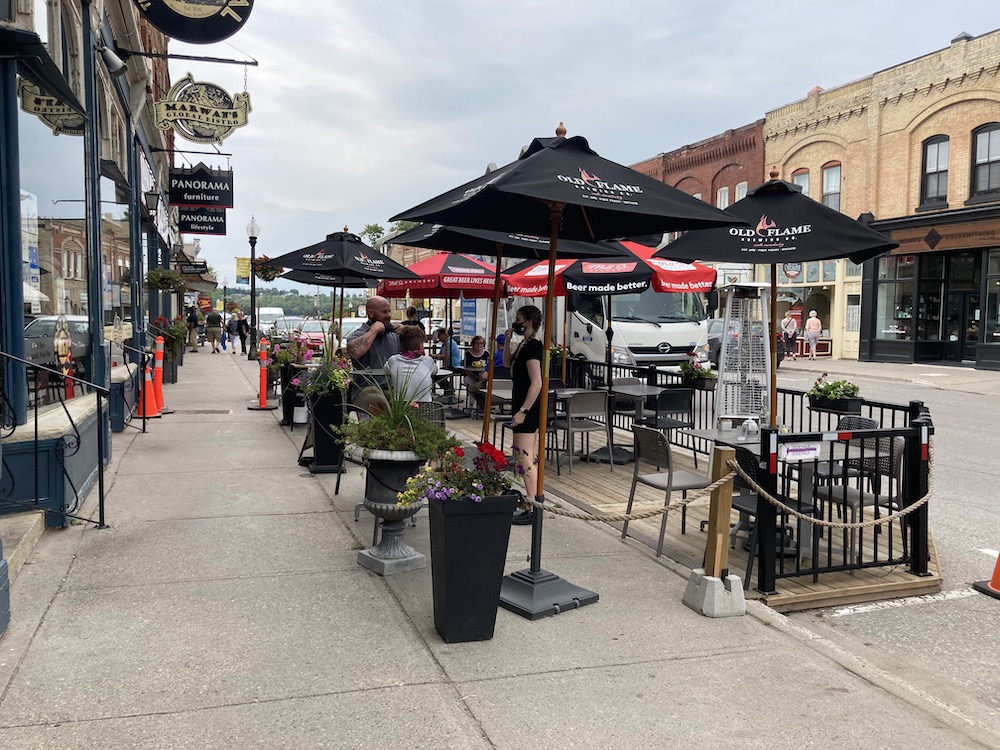As landscape architects, we have a built-in reverence for nature and outdoor space; for many of us, it is the reason we chose this profession. It may have been the camping trips with our families when we were kids, or the farms we grew up on, or walks along forest trails that gave us an appreciation for the natural world. Now, through both circumstance and necessity, the rest of the world has also come to embrace the great outdoors in the way landscape architects do, realizing, at least for this moment, the true value of this priceless asset to daily life—now and in the future.
Over the course of the last year and a half, while we endured a global pandemic, we experienced a global awakening to the value of our shared parks and green spaces. This interest is reflected in the increasing number of webinars and podcasts on shaping outdoor spaces, exploring the value of green spaces from a social and financial perspective, and re-enforcing the importance of open space to urban life and city-building. Articles and publications abound extolling the virtues of green space on our physical and psychological well-being—it lowers blood pressure, allows us to get some well needed exercise, and calms our frayed nerves. Additionally, well-designed green spaces can be part of our stormwater solutions, sequester carbon, and allow space for growing fresh fruit and vegetables. Clearly, open space is to be valued.

How often, though, have we visited our local parks only to find public washrooms either closed or in a state of disrepair, or waste bins and recycling facilities overflowing? Not maintaining open space, whether it is public or private, is a too common problem. Even the best designed outdoor areas will deteriorate if not properly maintained. This sends a negative message about the value of open space.
While trying to curb the spread of COVID-19 by working from home, having virtual rather than in-person meetings and visits, and respecting government stay-at-home-orders, everyone gained a greater appreciation for those rare opportunities to meet with friends and family in the great outdoors. With this new demand, outdoor space became more limited, as everyone gathered in the same public spaces for much-needed social contact. The casual observer became acutely aware of how important the parks, streets, and natural areas that have, until now, been taken for granted, really are. In response, the supply of available open space was being stretched in new and interesting ways to keep up with this new demand. Streets became cafes, patios, and cycling routes; parking lots became parks; parks invented strategies for socially distanced use; ravines and natural areas became overcrowded as social media promoted selfies in nature.

Calls to maintain this momentum by increasing and improving open space are being made, not only by prominent landscape architects, planners, architects, and other city-builders, but also by political representatives, fellow citizens, social agencies and other organizations, as well as medical communities. Collectively, we can all agree on the value of open space. But achieving concrete results comes with a new set of challenges for city-building professions and the bottom line.
Our shared challenge, as a profession, as individual practitioners, and as citizens, is to find ways to be effective and creative about expanding and improving open space opportunities through our work, projects, policy, budgets, and communication. For example, the dual-use of outdoor space is one way to increase capacity for leisure activities that has had success during the pandemic. In Toronto, Lakeshore Boulevard became a car-free zone on weekends, and in cities everywhere, sidewalks were permitted to expand beyond the curb to accommodate outdoor seating. These examples of flexible approaches to how outdoor space is used, designed, and managed, demonstrate cost-effective solutions to increasing available open space to accommodate greater numbers of people during periods of high occupancy.
Our shared COVID experience has confirmed that open space is not a frill for urban living. It is an essential service. We need it to be part of our daily life for physical, psychological, social, environmental, spiritual, and even economic reasons. Budgets and funding for parks, natural areas, streetscapes and other open spaces should reflect this. The realized value of outdoor space is worth protecting for future generations—not just as a pandemic-related anomaly.
Funding will be tight during the recovery period, even as the value of outdoor space is promoted. Landscape architects, as stewards of the land, need to be realistic and innovative advocates for the public realm and other open space, in the face of competing and worthy interests including equity, reconciliation, affordable housing, long-term care reset, economic recovery, health, and welfare issues.
Text by Helene Iardas, BLA ’78, currently enjoying her OALA semi-retired status, and her garden.
Tracy Cook, BLA, ISA, TRAQ, Mom, World Traveler, Nature Lover, not always in that order.
